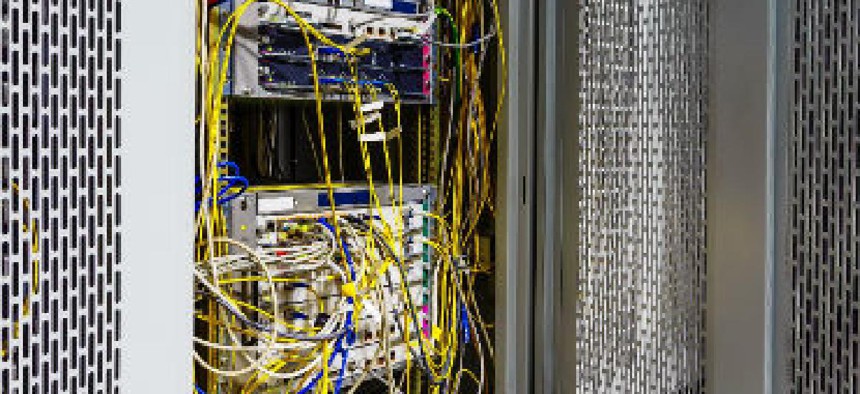TSA seeks EIS transition help

TSA's mid-July request for information for help with its transition to EIS shows the agency is looking to maintain its legacy telecom service but also leverage more modern capabilities.

A request for information issued by the Transportation Security Administration on July 17 gives a glimpse of what the agency hopes to accomplish with the GSA's recently awarded next-generation telecommunications contract.
The agency wants market research to use in its "like-for-like" move from legacy services to more modern ones, such as Ethernet transport, unified communications, cloud and other communications capabilities using the General Services Administration's Enterprise Infrastructure Solutions (EIS) contract.
The GSA awarded its 15-year, $50 billion contract to 10 service providers on July 31. It has also been working closely with federal agency customers for the last year to get them to nail down their complex transition plans for the new contract. Federal agencies have until May 2020 to transition all their services to EIS from Networx and other contracting vehicles .
TSA has employees in over 600 locations in all 50 states, the District of Columbia and all of the U.S. territories. The agency said its voice and data service requirements change constantly, "as airports are federalized or de-federalized increasing and decreasing the number of locations supported."
Bill Zielinski, deputy assistant commissioner for category management in the agency's Federal Acquisition Service, said in an Aug. 2 briefing on the contact that agencies could do "like-for-like" transitions of their telecom services under EIS or look to transform their capabilities.
TSA's RFI said the agency wants to hear from vendors who can help it with market research and recommendations in its transition to EIS using both paths.
In addition to maintaining its current telecom capabilities, the agency said it was looking for ways to dramatically expand its use of Ethernet transport service under EIS. Currently, it said ETS is implemented at less than 1 percent of its sites across the nation. Expanding that capability, TSA said, would allow it to speed up network architecture for faster data and increase reliability and security.
TSA said it was also evaluating intelligent software-defined networking WAN solutions using small routers and private tunnels through high-bandwidth internet connections.
TSA envisions leveraging the "like-for-like" legacy services in the initial transition, with an eye to an infrastructure platform that uses VoIP, unified communications technologies and cloud-based combinations of infrastructure, platform and software as a service for flexibility and cost reduction.
TSA wants responses by Aug. 15.
NEXT STORY: Amazon Ditches Phone Filled with Spyware


